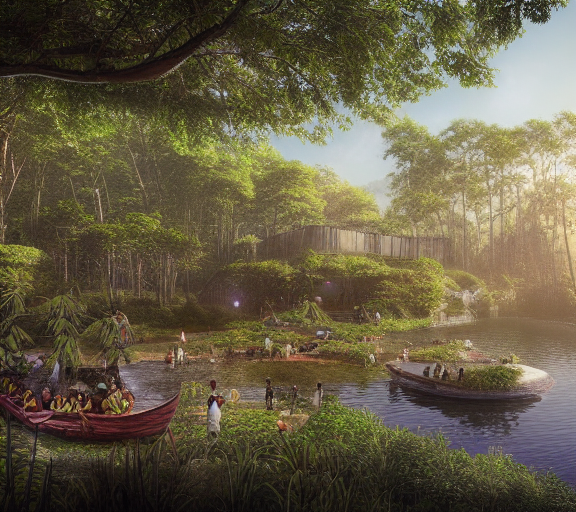In a world full of creativity and ever-changing technology, digital art has become a captivating blend of innovation and expression. This guide, “Digital Art Generation Mastery,” takes you into the world of creating art digitally. Whether you’re a new artist, experienced creator, or simply curious about art and technology, this journey will give you the knowledge and tools to unlock your digital artistic potential. Let’s explore the tools, techniques, ethics, and the future of digital art generation, and help you confidently express your imagination on the digital canvas.
Table of Contents
Introduction to Digital Art Generation
Digital art generation is a versatile and always changing field that blurs the lines between the virtual and physical worlds. It allows artists to try out various tools, textures, and techniques, offering endless options for self-expression. Whether you’re making detailed digital illustrations that challenge realism or creating abstract compositions driven by algorithms, this medium lets artists break free from traditional materials. It also supports collaboration, enabling artists from all over the world to easily share and build on each other’s work in real-time, creating a sense of community and pushing the boundaries of art.
Artificial Intelligence in Digital Art Generation
Digital art generation gets really interesting when it meets artificial intelligence (AI). AI tools and algorithms help artists create and change images in new and amazing ways. For example, things like generative adversarial networks (GANs) and deep learning models can make one-of-a-kind art on their own or blend AI-created elements into human-made art. This mix of art and tech gives us more creative options and makes us think about who really creates art in the digital age.
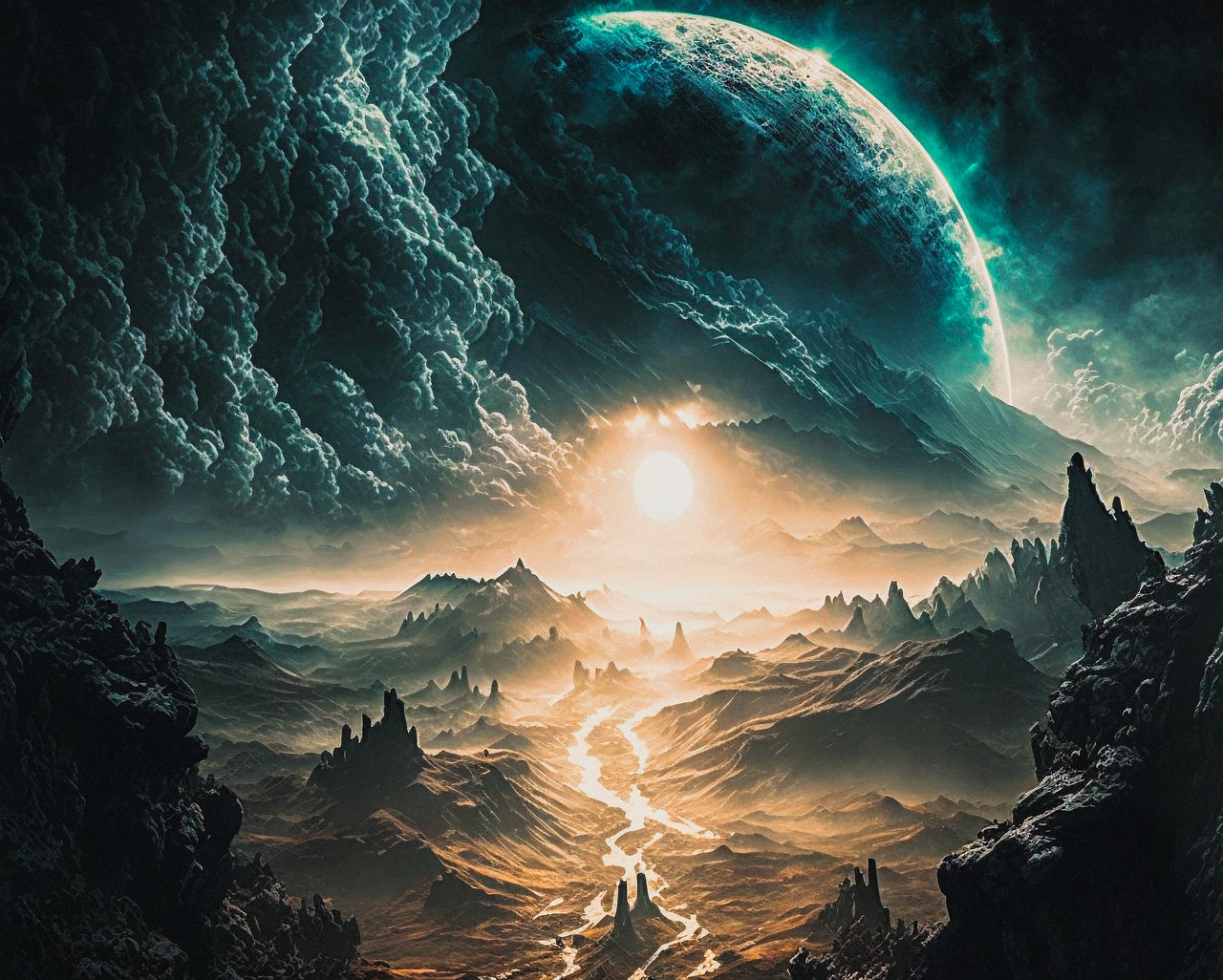
Digital Art in Various Platforms
Digital art goes beyond still images. It’s a big part of how multimedia, video games, and virtual worlds look. In these places, it gives immersive experiences that take people to amazing places and stories. As tech keeps getting better, the line between real and digital art blurs even more, giving artists and audiences new and exciting possibilities.
In short, digital art is cool and changes things. It uses tech while keeping human creativity. It lets lots of different people make art. As tech and art work together more, it will change how we think about creativity and let artists explore new ideas beyond the real world.
The Importance of Digital Art in Modern Culture
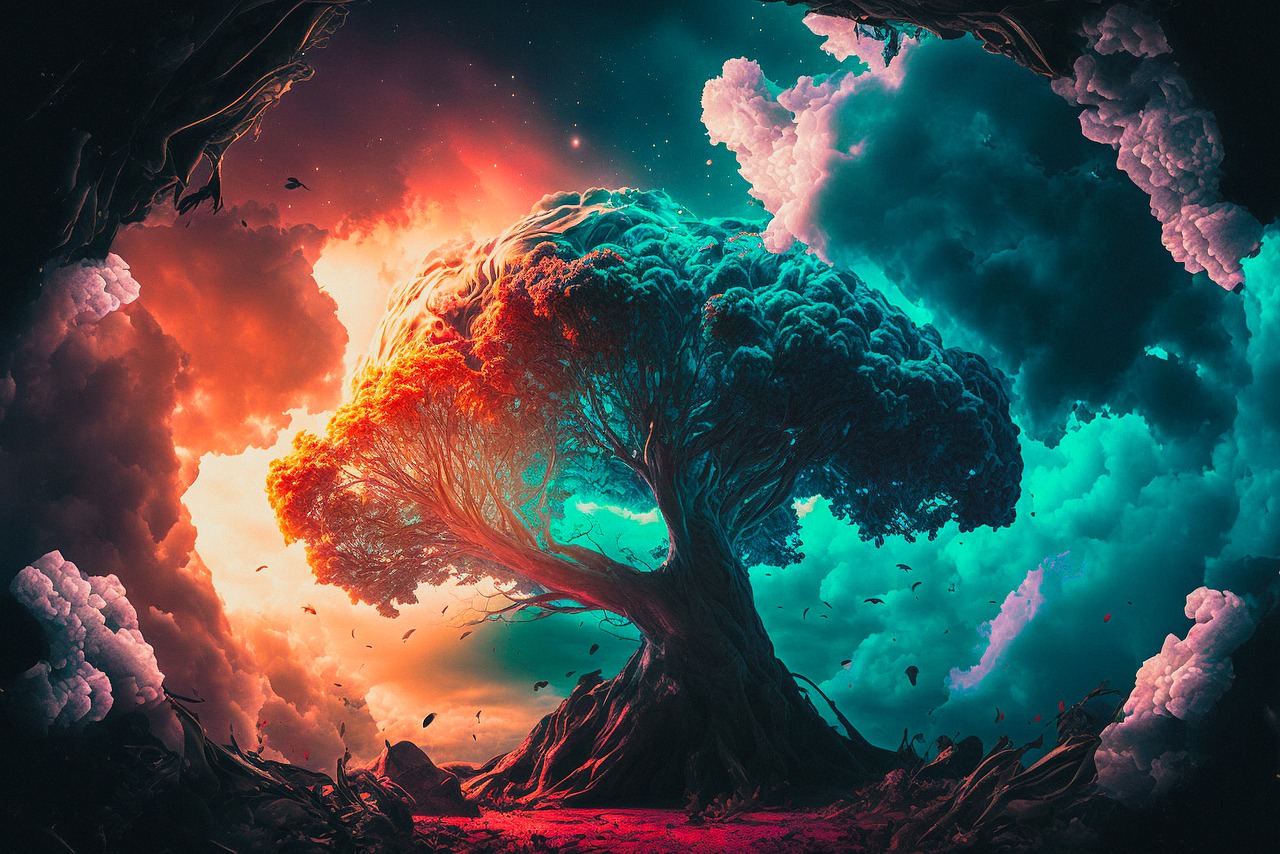
Digital art is very important in today’s culture. It both shows and impacts our society in important ways. Here are some reasons why digital art is a big part of modern culture:
Accessibility and Inclusivity
Digital art is easier to get to than traditional art. You can easily share it online, so people all over the world can see and enjoy lots of different types of art. This makes it possible for artists from different backgrounds and identities to have their say and tell their stories.
Cultural Expression and Representation
Digital art lets artists express their culture, experiences, and ideas in cool and powerful ways. It also gives a voice to groups that don’t always get heard, making our culture more diverse and interesting
Innovation and Experimentation
The digital medium is a place for artists to experiment. They can change images, use multimedia, and use new technology to make new and exciting art that breaks the old rules.
Interactivity and Immersion
In the age of virtual reality, augmented reality, and interactive art, digital art can give you immersive and interactive experiences. It makes the line between you and the art disappear and gets you more involved.
Commercial and Entertainment Industries
Digital art is crucial in business sectors like advertising, movies, video games, and graphic design. These areas use digital art a lot to send messages, entertain, and make eye-catching content that influences popular culture.
Social and Political Commentary
Digital artists often talk about society and politics. They use their art to make people think about important problems, question how things are, and start conversations about urgent subjects. This makes digital art a way to make a difference in society.
Technological Advancements
Digital art breaks the limits of tech and art. It keeps changing with better software, hardware, and AI, letting artists try new things and look at how people and tech work together.
Global Collaboration
Digital art helps people from all over the world work together. It makes it easy for artists in different places to team up on projects, which lets them share their cultures and talk to each other.
Preservation and Archiving
Digital art is simple to save and keep for the future. It’s different from regular art, which can get worse as time goes on because of its medium being paper which deteriorates.
Personal Expression
Digital art lets people express themselves and be creative. Many people use digital tools to make and share their own art, which becomes a big part of who they are and helps them learn about themselves.
In today’s culture, digital art shows the time we live in and makes new things happen. It can be used in many ways and gets lots of different people involved, which makes it important in our culture today. It changes how we talk about things, see the world, and think about the future.
Fundamentals of Digital Art
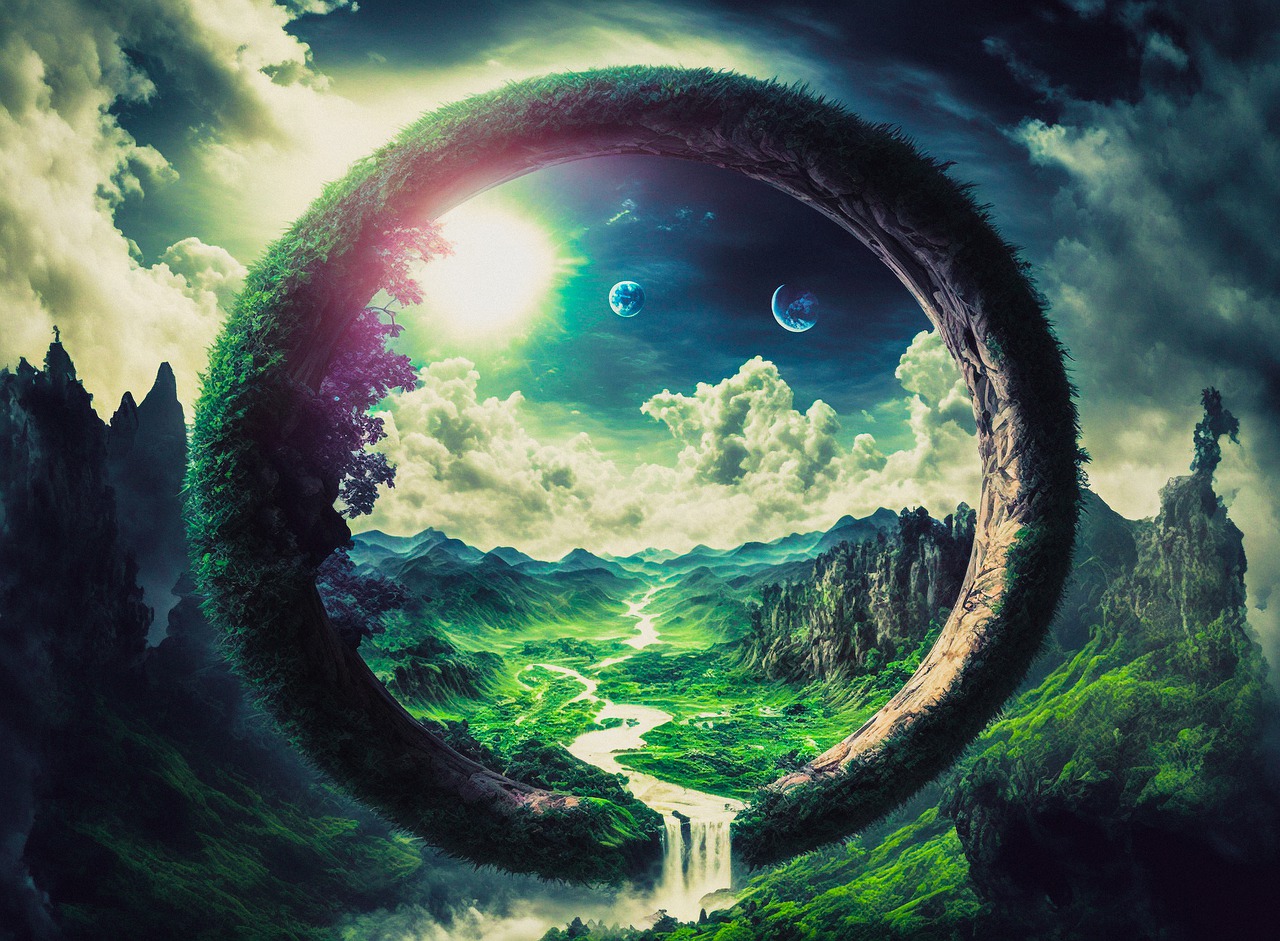

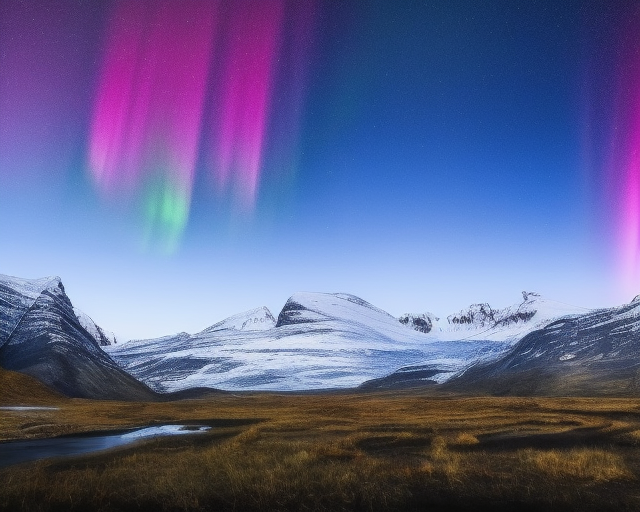
The fundamentals of digital art encompass the essential principles and techniques that underpin the creation of art in the digital realm. Here are some key aspects:
Digital Tools
To do well, you need to grasp digital tools. These tools include graphic design software such as Adobe Photoshop, Illustrator, or CorelDRAW for 2D art. For 3D art, you should know how to use 3D modeling software like Blender or Autodesk Maya. Understanding drawing tablets, styluses, and other hardware is also important.
Pixel and Vector Graphics
You can make digital art in two ways: pixel-based (raster) or vector formats. It’s crucial to know the distinctions and when to use them. Pixels are for detailed images with lots of color and shading, while vectors are for neat, resizable graphics.
Layers and Composition
Artists use layers to work on parts of an image separately. This makes it simpler to edit and control individual pieces. Moreover, knowing how to manage and arrange these layers is important for creating artwork that fits together well.
Color Theory
To make your digital art look great, it’s essential to understand color theory. This means knowing about the color wheel, complementary colors, and color harmony. Plus, software tools provide different ways to pick and change colors.
Brush Techniques
Digital brushes can copy traditional painting methods, such as watercolor, oil, or acrylic. To get the textures and effects you want, it’s crucial to know how to choose, personalize, and use brushes.
Digital Painting Techniques
Digital painting involves layering colors, blending, shading, and creating depth. Artists must grasp techniques such as blending modes, opacity, and brush pressure to achieve desired results.
Vector Manipulation
In vector graphics, artists use anchor points and curves to create smooth, scalable shapes. Understanding how to manipulate vectors to create complex illustrations is essential.
Texture and Detail
Next, creating texture and fine details in digital art often involves the use of brushes, filters, and layer effects to mimic real-world textures like fur, wood, or metal.
3D Modeling and Rendering
For 3D digital art, understanding the principles of 3D modeling, lighting, and rendering is crucial. Artists must create 3D objects, apply materials and textures, set up lighting, and render the final scene.
Digital Photography
For digital artists who work with photographs, understanding concepts such as composition, exposure, and post-processing is essential. Tools like Adobe Lightroom and Photoshop are commonly used for this purpose.
File Formats
Artists should be knowledgeable about various file formats for saving and exporting their work, such as JPEG, PNG, TIFF, PSD, and more, each with its specific purpose and advantages.
Copyright and Ethics
Understanding copyright and intellectual property rights is essential. Artists must respect the rights of others when using digital resources and be aware of licensing and attribution requirements.
Experimentation
Creativity and experimentation are at the heart of digital art. Artists should explore different styles, techniques, and tools to develop their unique voice and style.
Feedback and Improvement
Receiving feedback and continually improving one’s skills is crucial. Joining art communities, seeking critiques, and learning from others can help artists grow in their digital art journey.
To become proficient in digital art, you need technical skills, creativity, and an openness to new software and tech. This artform is always changing, offering many options, making it an exciting field for artists at all levels.
Digital Art Generation in Practice
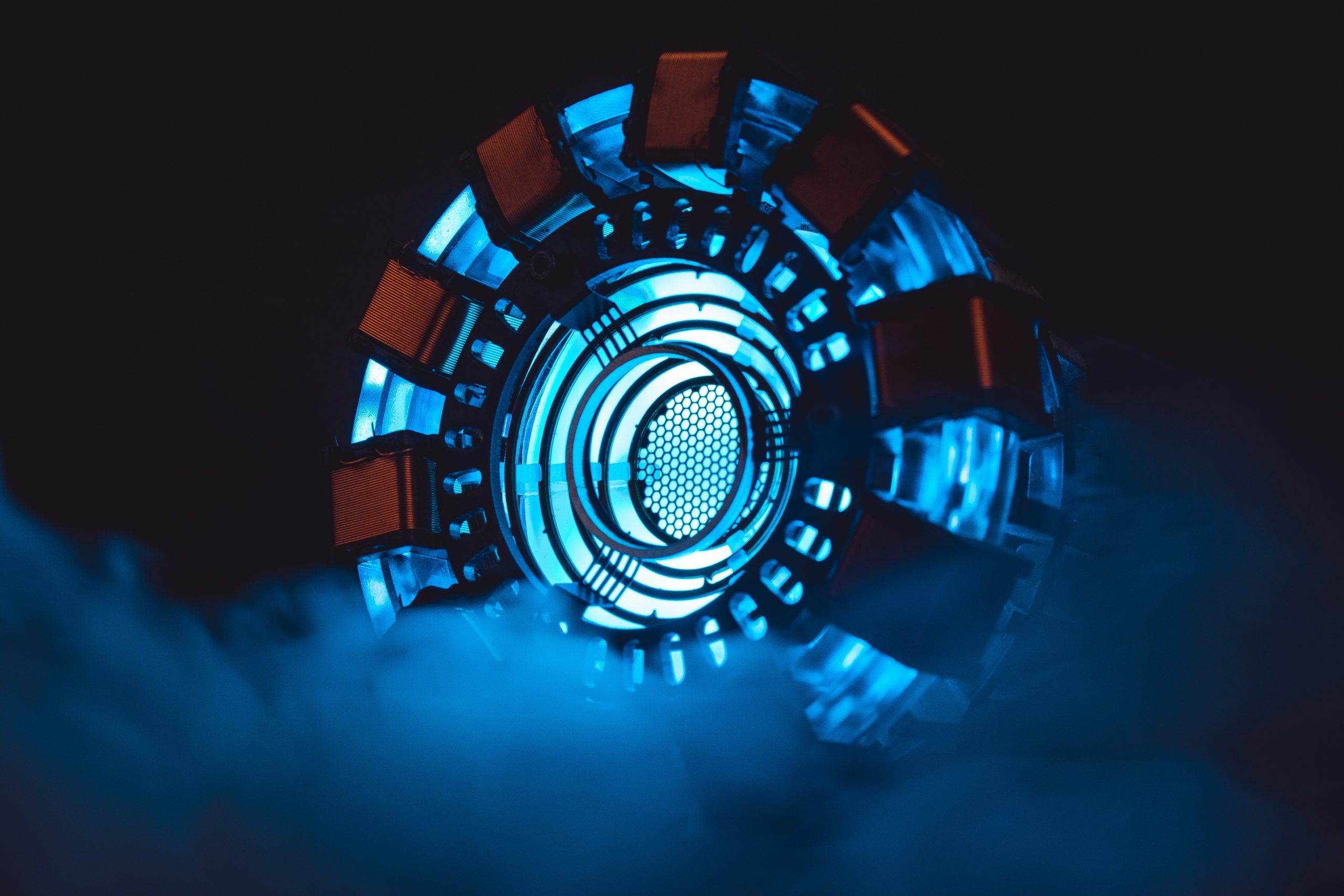
Digital art combines technology and artificial intelligence (AI). Machine learning, like generative adversarial networks (GANs), can create, change, and improve images or even make new art. This mix of human creativity and AI adds randomness to art, sparking exploration.
The internet and digital platforms boost collaboration in digital art. Artists worldwide connect, share, and work together. Online communities, social media, and art-sharing sites help artists get noticed, get feedback, and talk with others, fostering a sense of connection and inspiration.
Digital art isn’t limited to traditional art. It’s essential in advertising, entertainment, and design. It shapes brand images and enhances experiences in video games, animation, and virtual reality. Its versatility spans many professional fields.
In short, digital art blends creativity, technology, AI, and global collaboration. It’s ever-evolving and influences how we communicate and connect with technology in the digital world. As technology advances and art evolves, digital art remains at the forefront of innovation and exploration.
The Future of Digital Art Generation
The future of digital art generation is poised to be incredibly exciting and dynamic as it evolves in response to technological advancements and shifts in creative paradigms. Several key trends and developments are likely to shape its trajectory
Artificial Intelligence and Generative Art
Firstly, AI-driven generative art will continue to gain prominence. Machine learning algorithms, such as GANs and neural networks, will become more sophisticated, allowing for even more creative exploration. Artists will increasingly collaborate with AI to produce innovative, unexpected, and provocative works.
Immersive Experiences
Digital art will also be at the forefront of immersive technologies like virtual reality (VR) and augmented reality (AR). Artists will create interactive, 3D, and AR experiences that blur the lines between the digital and physical worlds, providing viewers with deeply immersive and participatory encounters.
NFTs and Blockchain
The use of Non-Fungible Tokens (NFTs) and blockchain technology is already transforming the way digital art is bought, sold, and collected. NFTs provide a new way for artists to monetize their work and establish ownership rights, while also challenging traditional art market structures.
Environmental Considerations
Also, Artists will increasingly take environmental factors into account, as the carbon footprint of digital art creation and blockchain transactions comes under scrutiny. The art world may witness a move toward more eco-friendly practices.
Virtual Museums and Galleries
The proliferation of digital art will lead to the creation of virtual museums and galleries, offering global audiences the opportunity to explore and appreciate digital art in curated, interactive spaces without physical limitations.
Accessibility and Inclusivity
As digital art becomes more prevalent, there will be a greater emphasis on accessibility, ensuring that art is created and experienced by people of diverse abilities, backgrounds, and demographics. Technologies for inclusive design will be further integrated into digital art practices.
Artificial Creativity Assistance
Tools and software that assist and augment the creative process will become more prevalent. These tools will offer suggestions, automate repetitive tasks, and enhance an artist’s capabilities, making digital art more accessible to a wider range of individuals.
Collaboration and Global Networking
The digital nature of art creation and sharing will encourage more collaboration and networking among artists and creators worldwide. Online communities and platforms will continue to facilitate global artistic exchange and influence.
Hybrid Art Forms
Finally, digital art will increasingly transcend traditional boundaries, mixing with other mediums like music, literature, and performance, resulting in the creation of innovative hybrid art forms that challenge conventional definitions of art.
Ethical and Legal Considerations
The proliferation of digital art will raise important ethical and legal questions, such as copyright and intellectual property issues, data privacy, and cultural sensitivities in a globalized digital art landscape.
In conclusion, the future of digital art generation is likely to be a dynamic blend of innovation, technology, and creativity. It will continue to push the boundaries of artistic expression, redefine the art market, and engage global audiences in new and exciting ways. As technology advances and societal values evolve, digital art will remain at the forefront of cultural and artistic developments, influencing how we create, experience, and understand art in the digital age.
Afterword
We hope that you find this article helpful. Thank you for reading and you’re always free to leave a comment. If you find this article interesting, consider checking out one of our recently published posts. A few of them showcase advancements in technology such as AI Art Generators. On the other hand, if you’re looking towards Photography, we also offer great articles for your inspiration. We also have multiple articles that talk about the various printing mediums for wall art. May these articles give you inspiration for your next print!
Find them here:
Discover the Secret to High-quality Canvas Prints
The 9 Best Canvas Print Companies in 2023
Acrylic Prints: Add Vibrance to Any Space
The Top Food Photography Trends to Try Now
The Ultimate Guide to Continuous Lighting for Photography
Stable Diffusion Tips and Tricks
Best AI Art Generator for Android Phones 2023
We enjoy reading your comments and insights with our posts! Should you have any questions or concerns, feel free to leave them below! -Mark

